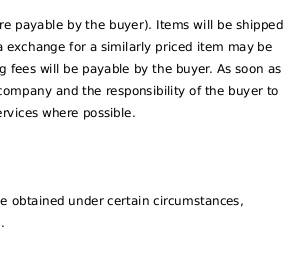
Reval, ca. 1500 AD, Graded VF -30, Artiger
Check my rate
View locations
| Main centres: | 1-3 business days |
| Regional areas: | 3-4 business days |
| Remote areas: | 3-5 business days |

| Main centres: | 1-3 business days |
| Regional areas: | 3-4 business days |
| Remote areas: | 3-5 business days |
Reval
ca. 1500 AD
VF - 30
Revallian Artiger Coin, Slabbed and Graded




Today Reval is known as Tallinn, the modern day capitol of the republic of Estonia but in 1154 a town called Qlwn or Qalaven (possible derivations of Kalevan or Kolyvan) was put on the world map of the Almoravid by cartographer Muhammad al-Idrisi who described it as a small town like a large castle among the towns of Astlanda. It has been suggested that the Quwri in Astlanda may have denoted the predecessor town of today's Tallinn.
The earliest names of Tallinn include Kolyvan (Russian: Колывань) known from East Slavic chronicles, the name possibly deriving from the Estonian mythical hero Kalev.
Up to the 13th century the Scandinavians and Henry of Livonia in his chronicle called the town Lindanisa: Lyndanisse in Danish, Lindanäs in Swedish, also mentioned as Ledenets in Old East Slavic. According to some theories the name derived from mythical Linda, the wife of Kalev and the mother of Kalevipoeg. who in an Estonian legend carried rocks to her husband's grave that formed the Toompea hill.
It has been also suggested that in the context the meaning of linda in the archaic Estonian language, that is similar to lidna in Votic, had the same meaning as linna or linn later on meaning a castle or town in English. According to the suggestion nisa would have had the same meaning as niemi (meaning peninsula in English) in an old Finnish form of the name Kesoniemi.
Other than Kesoniemi known ancient historical names of Tallinn in Finnish include Rääveli.
After the Danish conquest in 1219 the town became known in the German, Swedish and Danish languages as Reval (Latin: Revalia). The name originated from (Latin) Revelia (Estonian) Revala or Rävala, the adjacent ancient name of the surrounding Estonian county.
The first traces of human settlement found in Tallinn's city center by archeologists are about 5000 years old. The comb ceramic pottery found on the site dates to about 3000 BC and corded ware pottery c. 2500 BC.In 1050 the first fortress was built on Tallinn Toompea.
As an important port for trade between Russia and Scandinavia, it became a target for the expansion of the Teutonic Knights and the Kingdom of Denmark during the period of Northern Crusades in the beginning of the 13th century when Christianity was forcibly imposed on the local population. Danish rule of Tallinn and Northern Estonia started in 1219. In 1285 the city became the northernmost member of the Hanseatic League – a mercantile and military alliance of German-dominated cities in Northern Europe. The Danes sold Tallinn along with their other land possessions in northern Estonia to the Teutonic Knights in 1346. Medieval Tallinn enjoyed a strategic position at the crossroads of trade between Western and Northern Europe and Russia. The city, with a population of 8,000, was very well fortified with city walls and 66 defence towers.
A weather vane, the figure of an old warrior called Old Thomas, was put on top of the spire of the Tallinn's Town Hall in 1530 that became the symbol for the city.
With the start of the Protestant Reformation the German influence became even stronger as the city was converted to Lutheranism. In 1561 Tallinn politically became a dominion of Sweden.
A Artiger is a fractional silver coin usually representing a fraction or division of a shilling in European medieval coins.



 INTERNATIONAL CUSTOMERS WELCOME
INTERNATIONAL CUSTOMERS WELCOME 





